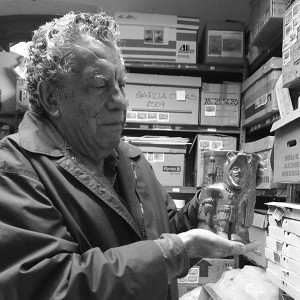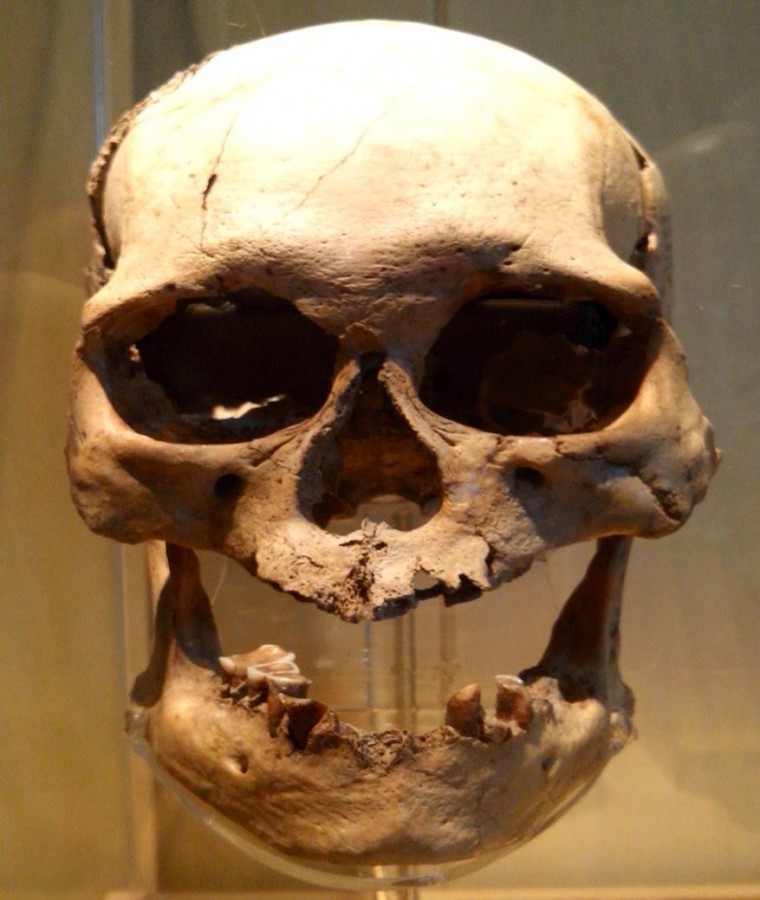In 1960, during the excavation of the Tecolote Cave, located on the rocky cliffs to the east of the Huapalcalco archeological site, the US expert in prehistoric archeology, Cynthia Irwin-Williams, located a fluted projectile point in a crack in the rocks. This find made it possible to date the earliest human occupation of this cave to the Early Neolithic between 14,000 and 9,000 BC. Human and animal burial remains were also found, corresponding to the Late Neolithic (9,000 to 7,000 BC)—the oldest remains discovered in the Valley of Tulancingo and Hidalgo.
Human skeletons were found in an irregular cavity with a diameter of approximately four feet. They belonged to two males aged between 36 and 55 years old. The skull of one of them is on display in the National Museum of Anthropology in Mexico City (in the gallery with exhibits on the peopling of the Americas). It is dolichocranial, with a long face and broad nose, and shows slight dental wear, indicating that this person ate more meat than vegetables and, therefore, belonged primarily to a hunting society. A dog’s jaw, an obsidian scraper and a Coxcatlán-type projectile point were also found at this burial site. The bones were found in a very deteriorated state, hence it was only possible to reconstruct one of the skulls.
The long bones of the upper limbs are broader than those found among the average indigenous pre-Hispanic population. According to physical anthropologist Neftalí Monterroso, there are “bodily traits in long bones of the lower extremity and skull, which mark a difference between the skeletons found in the Tecolote Cave and those of average pre-Hispanic [indigenous] inhabitants, giving them more in common with the earliest settlers on the continent,” suggesting that they were part of the first wave of people who came over from Asia, and belonged to the Paleoamerican population.
A basic, semicircular grave—measuring 27 inches across and 16 inches deep—was found next to one of the cave walls. This corresponded to the burial site of six medium-sized dogs, one of them without a skull. Their archaic form, and large and relatively heavily set skulls and dental features make them comparable to the Asian wolves who accompanied the first waves of inhabitants of the American continent.
The second wave of human arrivals consisted of Mongol groups who came after the glacial period in around 10,000 BC. This was the time when the smaller-sized dog, with more modern and less wolf-like traits, arrived in the area. Both human and canine remains were found in the same burial ritual.
The prehistoric remains of the Tecolote Cave in Huapalcalco are the earliest to have been located in the state of Hidalgo. For many years they remained in the Physical Anthropology Department of the National Institute of Archeology and History (INAH), until they were studied by Monterroso Rivas, at the suggestion of Enriqueta M. Olguín.







